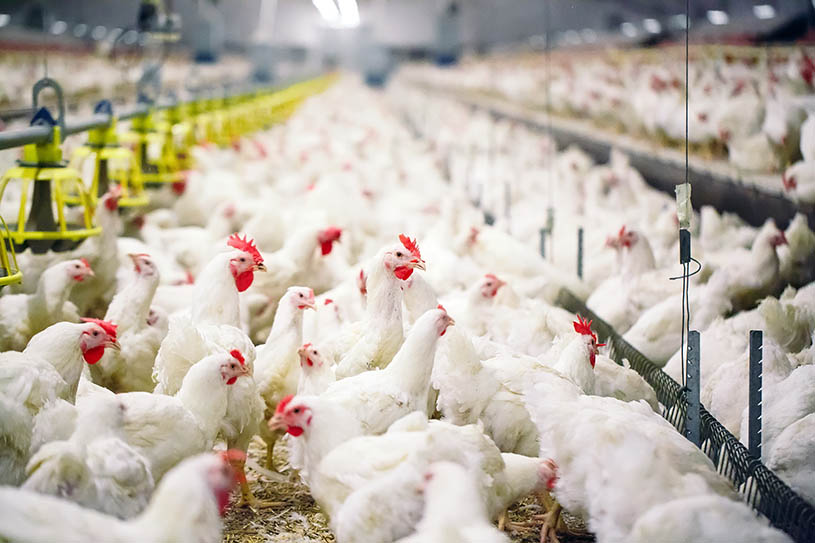Market Perspective: COVID-19 & AFS shake-up in the Asian poultry and pork markets
An analysis performed by Rabobank on the current outlook for 2020 reveals a decrease in pork production. This could add to the growth of local poultry production and international trade.
Rabobank predicts COVID-19 implications in the Asian food industry
Poultry meat could benefit from the slowdown of the global economy because of its price competitiveness. The global pork production has suffered in Q2 due to the COVID-19 quarantine measures. The meat production and packing sectors struggle with supply chain disruptions. However, pork demand in Asia is recovering, though limited by availability and price. Prices in 2020 for pork continue to be volatile.
Case study: Chicken overtakes pork as preferred protein in the Philippines
Last year chicken overtook pork in terms of per capita consumption in the Philippines. The Philippine Statistics Authority reported an increase of 40% for dressed chicken production over a decade, growing from 1 million MT in 2009 to 1.4 million MT in 2018. The growth in chicken demand has been faster than other meats due to the affordability, lower fat content, absence of cultural and religious hindrances and the status as preferred meat in the growing number of fast-food outlets. In 2018, more than 60% of total Philippines poultry volumes were imported from the Netherlands, Brazil and the US. The local Philippine fresh processed broiler sector was estimated at 420,000 MT with its 588 registered poultry farms and approximately 175 meat processors located domestically.

Philippine poultry consumption is expected to continue to grow
Reports by the Organization for Development-Food and Agricultural, indicate that the demand for all meat, including chicken, is expected to grow by 1.3% annually between 2018 and 2027 in the Philippines. The main growth drivers of the increased chicken demand - from about 1.4 million MT in 2017 to 1.8 million MT in 2023 will be the general population increase, as well as the expected increase of the average income in the Philippines. In essence; the low meat consumption and the ambition to decrease poverty by 2022, present great opportunities for the poultry sector to expand.However, the high cost of production is a persistent issue in Philippine’s broiler sector when compared to other countries in the APAC region. The limited competitiveness is a result of constraints linked to the high cost of feed, due to suboptimal trade policies for corn and wheat.